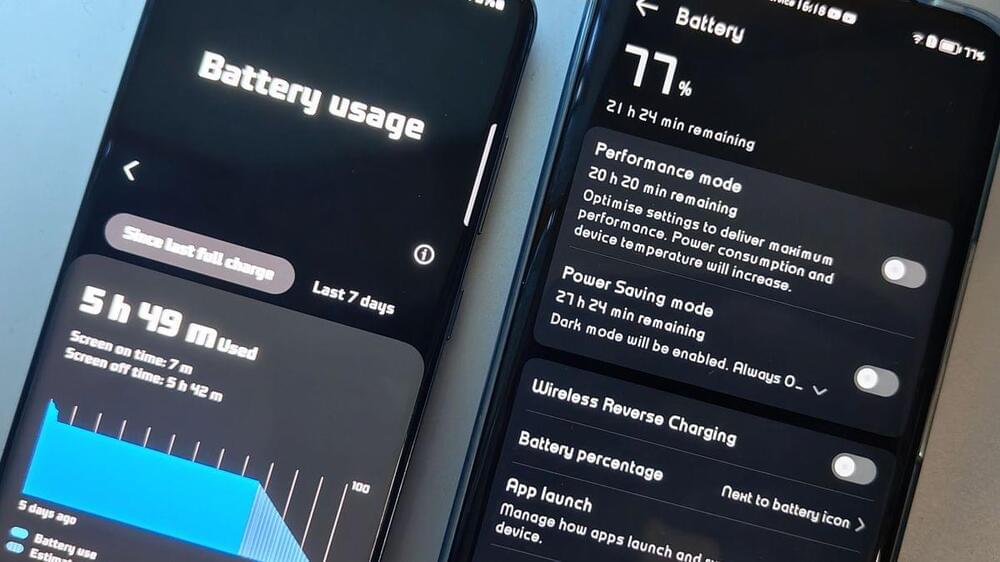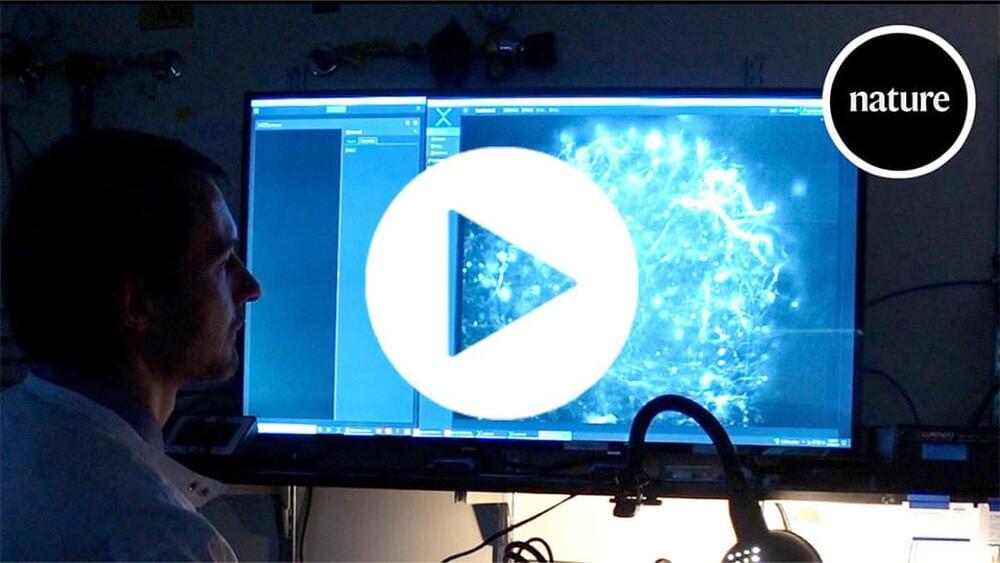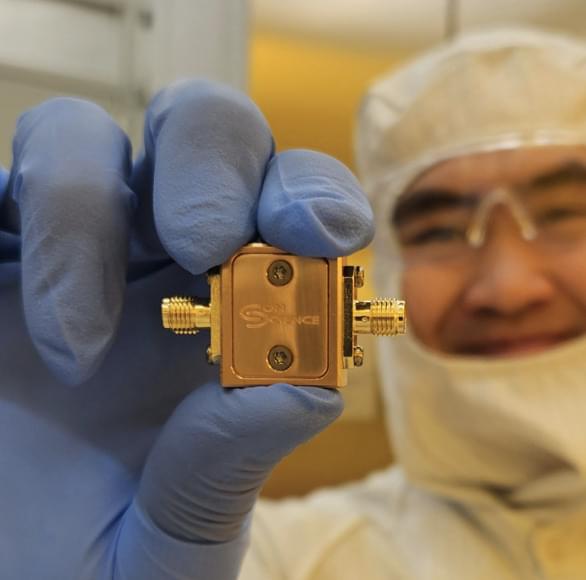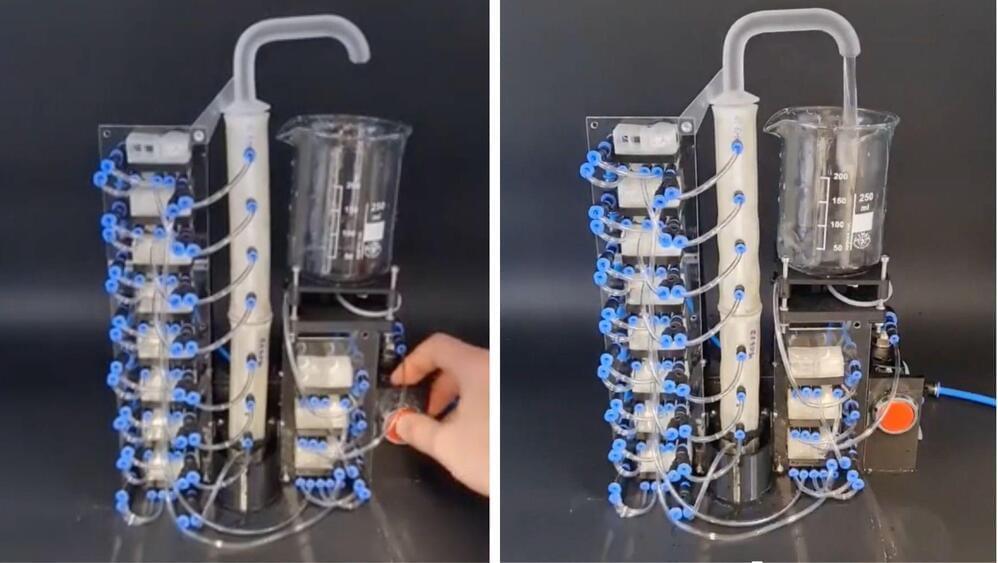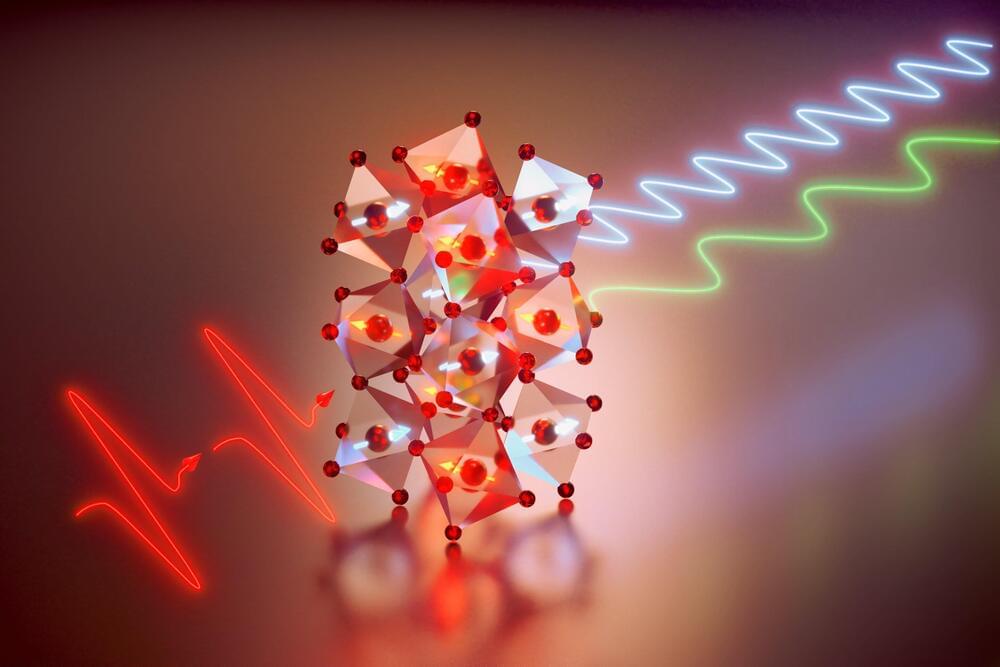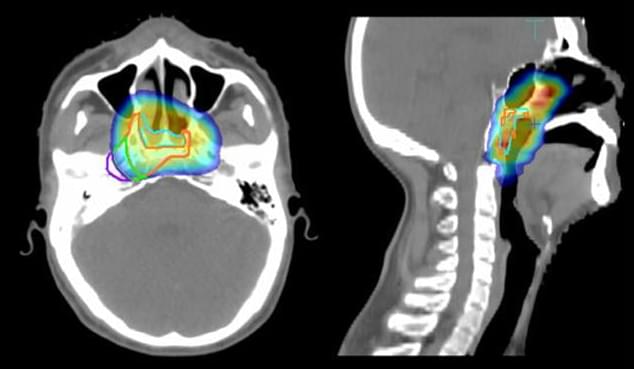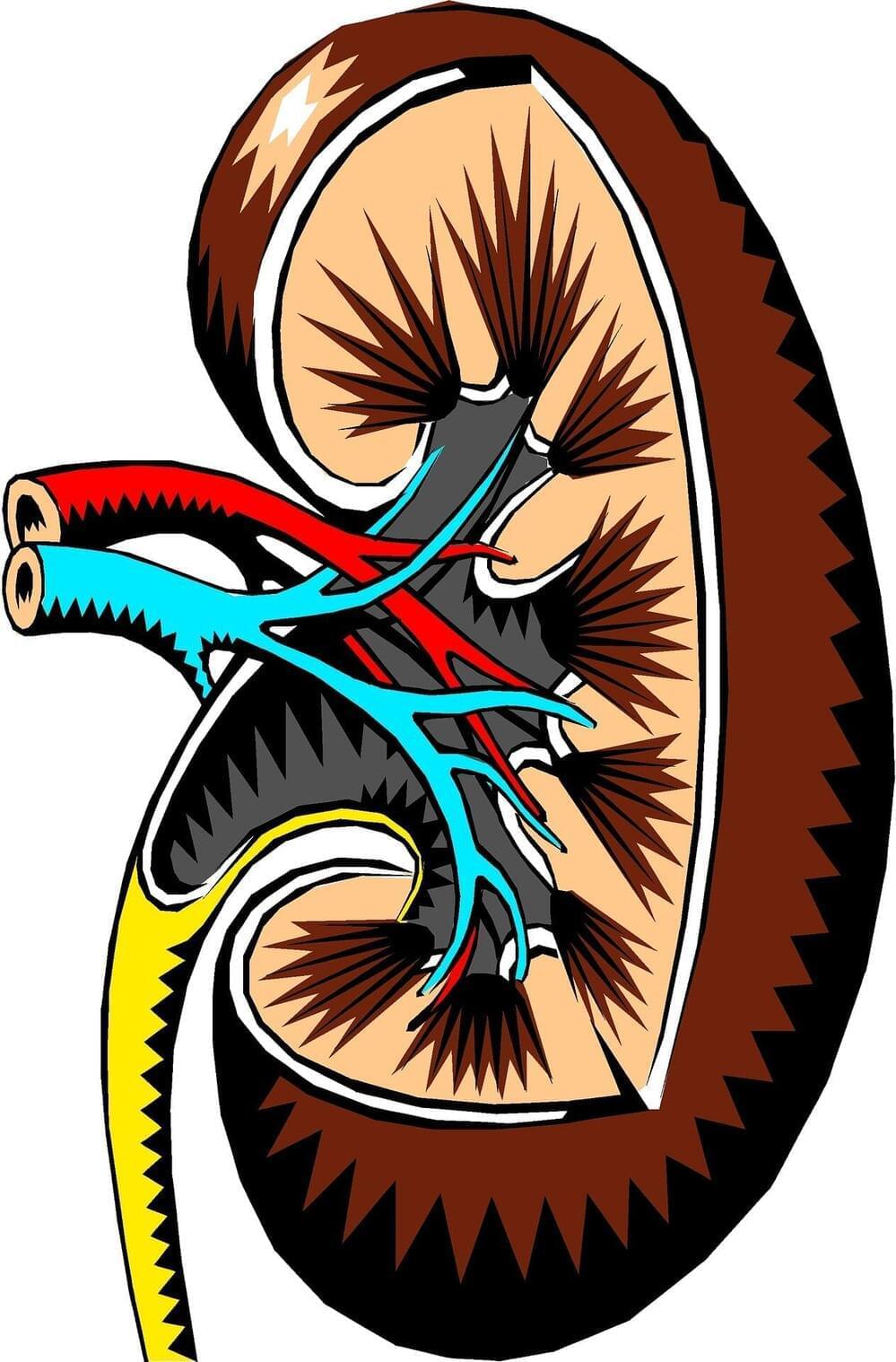Batteries that work harder, better, faster, stronger?
A team of Rice University researchers mapped out how flecks of 2D materials move in liquid ⎯ knowledge that could help scientists assemble macroscopic-scale materials with the same useful properties as their 2D counterparts.
“Two-dimensional nanomaterials are extremely thin—only several atoms thick—sheet-shaped materials,” said Utana Umezaki, a Rice graduate student who is a lead author on a study published in ACS Nano. “They behave very differently from materials we’re used to in daily life and can have really useful properties: They can withstand a lot of force, resist high temperatures and so on. To take advantage of these unique properties, we have to find ways to turn them into larger-scale materials like films and fibers.”
In order to maintain their special properties in bulk form, sheets of 2D materials have to be properly aligned ⎯ a process that often occurs in solution phase. Rice researchers focused on graphene, which is made up of carbon atoms, and hexagonal boron nitride, a material with a similar structure to graphene but composed of boron and nitrogen atoms.
The organoids are the size of grain of sand and a special robot is used to screen which treatment kills off the tumour more effectively.
It helps take the guesswork out of treating advanced bowel cancer which can be difficult to beat.
“Each time you give a patient an ineffective treatment, you lose two to three months on something that won’t work,” Gibbs said.
Some human neurons take years to reach maturity; an epigenetic ‘brake’ could be responsible.
Sweden’s company ConScience AB announced that the team is launching a Qubit-in-a-box 0 (QiB0) quantum device.
Researchers have developed an ingenious air-powered soft valve circuit system devoid of electronics, showcasing its utility in a drink dispenser and its durability as a car drives over it.
The 3D-printed valve system showcases how well soft devices without electronics can work, even when facing challenges that could turn off regular robots.
According to reseachers at the University of Freiburg, its integration into everyday applications heralds a new era in robust and adaptable robotics. Soft circuit devices, which are flexible and don’t use metal, can handle damage much better than those with delicate electronics. They can survive being crushed or exposed to harsh chemicals without breaking.
As demands for computing resources continue to increase rapidly, scientists and engineers are looking for ways to build faster systems for processing information. One possible solution is to use patterns of electron spins, called spin waves, to transfer and process information much more rapidly than in conventional computers. So far, a major challenge has been in manipulating these ultrafast spin waves to do useful work.
In a significant leap forward, researchers from The University of Texas at Austin and MIT have developed a pioneering method to precisely manipulate these ultrafast spin waves using tailored light pulses. Their findings are detailed in two studies in Nature Physics, led by MIT graduate student Zhuquan Zhang, University of Texas at Austin postdoctoral researcher Frank Gao, MIT’s professor of chemistry Keith Nelson and UT Austin assistant professor of physics Edoardo Baldini.
A key component underlying our smartphones, the internet and cloud computing is magnetic data recording technology for storing and retrieving vast amounts of information. This technology hinges on the manipulation of the magnetic spin states (up and down) in ferromagnetic materials, representing the binary bits “0” and “1.” These spins are minuscule magnets, whose alignment determines the material’s magnetic properties.
DTC: Deep Tracking Control
Posted in futurism
Trajectory optimization and reinforcement learning are combined for versatile and robust perceptive legged locomotion.
Adding toripalimab (Loqtorzi) to chemo extended survival in people with nasopharyngeal cancer that returned after initial treatment or spread in the body.
Rates of kidney stones are on the rise in the United States and around the world. Type 2 diabetes is associated with increased risk of kidney stones, but some forms of treatment for this condition may also have the benefit of lowering risk of kidney stones.
In a study led by investigators from Mass General Brigham, researchers found that there was an association between the use of sodium-glucose contratransporter 2 (SGLT2) inhibitors and a lower risk of developing kidney stones. Their findings are reported in JAMA Internal Medicine.
Researchers from Brigham and Women’s Hospital and Massachusetts General Hospital worked together to conduct the analysis. The study included data from three nationwide databases of patients with type 2 diabetes who were seen in routine clinical practice. The team analyzed information from 716,406 adults with type 2 diabetes who had started taking an SGLT2 inhibitor or two other classes of diabetes medications known as GLP1 receptor agonists or dipeptidyl peptidase 4 (DPP4) inhibitors.
